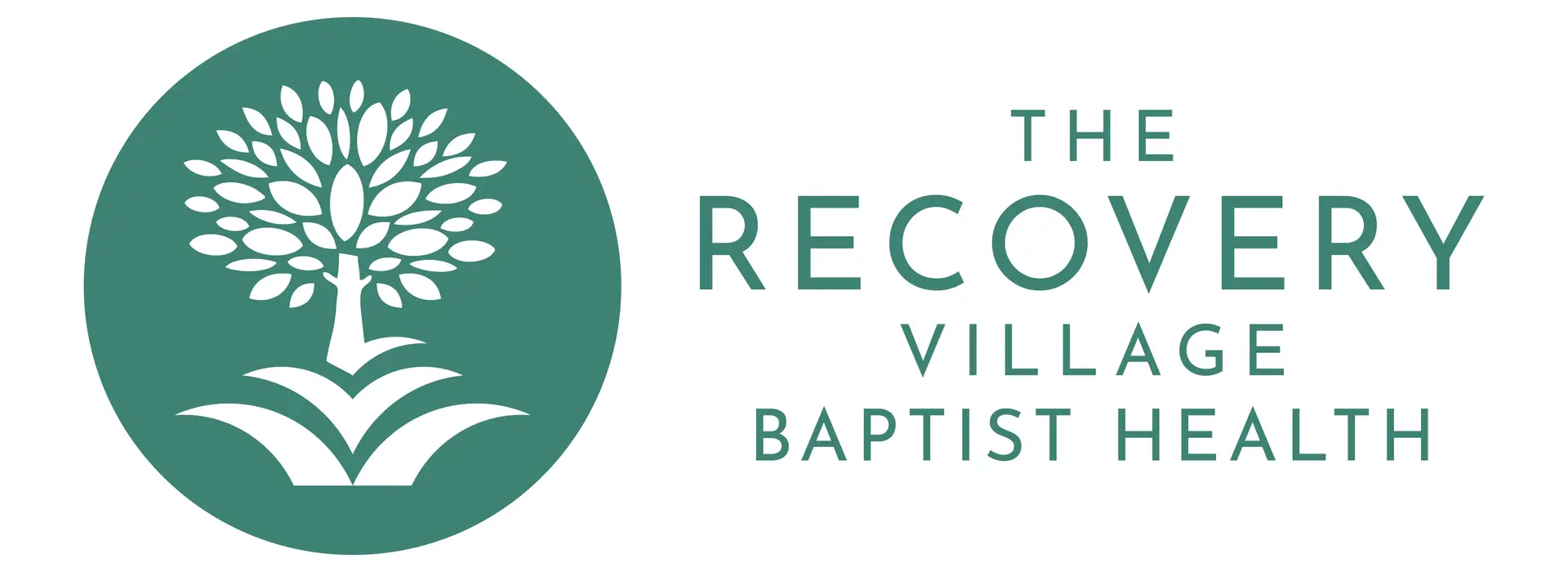Learn about the ways codeine affects people and find out what to do if you or a loved one develop a codeine addiction.
Codeine is an opioid medication that is used to treat moderate to severe pain or cough symptoms. Codeine works by stimulating opioid receptors in the brain, slowing certain nerve signals that can create pain or a need to cough. The side effects that codeine can cause are almost always a result of the slowing of nerve signals that occurs when codeine interacts with opioid receptors.
When codeine interacts with opioid receptors in the brain, it also causes the release of chemicals called endorphins. These chemicals cause a sensation of pleasure when they are released into the brain and can lead to a euphoric sensation called a high. Because of the high that codeine can create, some people may use codeine to obtain a high, rather than to treat the medical problem for which it was prescribed. This use can lead to cravings for codeine and create a codeine addiction.
How Addictive is Codeine?
Codeine is an opioid, and opioids are known to be highly addictive. Someone who takes codeine for more than three days is at risk of developing an addiction to the drug. It is recommended that doctors avoid prescribing more than a seven-day supply of codeine to help reduce the risk of addiction for their patients. The longer that someone takes codeine, and the more that they take, the higher the risk of addiction. While three days is the recommended maximum, it is still possible that codeine that is taken in smaller doses for less than three days may create an addiction.
Treatment Can Be Life Changing. Reach out today.

Short-Term Codeine Side Effects
There are several side effects of codeine that may develop after a single dose of codeine. Codeine can cause physical and behavioral side effects as it slows nerve signals in the brain.
Physical Side Effects
The short-term physical side effects of codeine occur because of the changes in the neurological system that codeine causes. These include:
- Drowsiness
- Itching
- Constricted pupils
- Nausea
- Vomiting
- Constipation
- Decreased breathing
Short-term physical side effects can be dangerous or deadly if too much codeine is used. Physical symptoms of an overdose include having very decreased or absent breathing, being very difficult or impossible to wake and death.
Behavioral Side Effects
Short-term behavioral side effects are related to how codeine suppresses signals in the brain and are caused by chemical changes, as opposed to psychological changes. Short-term behavioral side effects of codeine include :
- Slurred speech
- Decreased responsiveness
- Sleepiness during activities or conversations
- Confusion
These behavioral symptoms are more common with those who have taken a large dose of codeine or are taking other medications or alcohol with codeine.
How Codeine is Abused
Codeine abuse can occur when someone is prescribed codeine to treat pain, but it is more common with cough medications containing codeine. These cough medications may contain codeine along with another drug and may be easier to obtain than pain medications containing codeine. While codeine is mainly ingested, those seeking a high from codeine may also snort it or attempt to inject it. However, that method is uncommon, as codeine is weaker that many other opioids. Those who are seeking a stronger high will take a stronger, more dangerous opioid instead of using a riskier way of taking codeine.
Codeine Abuse Facts and Statistics
Codeine abuse statistics show us that over 2.8 million people misused codeine in 2017. While the opioid epidemic and statistics relating to the epidemic have been thoroughly studied, codeine abuse facts, specifically, have not been as well studied. This result is likely because codeine is not as strong as other opioids and is not as likely to be used in a fatal overdose. More of the attention is given to stronger opioids such as morphine or heroin, and specific codeine statistics are not as readily available.
- Prevalence in Men – Statistics show that men are more likely than women to overdose on prescription opioids, such as codeine.
- Prevalence in Women – While women are less likely to overdose on prescription opioids, they are more likely than men to misuse them or take them differently from how they were prescribed.
- Teen Abuse – 3.6% of teenagers between 12 and 17 years old report misusing an opioid. While hard statistics are not available, codeine is easier to obtain than many of the other opioids and it is likely that codeine is one of the more commonly misused opioids among teenagers.
- Senior Abuse – Senior drug abuse has been rising, and 12% to 15% of seniors are misusing prescription drugs.
How to Address Codeine Addiction
Those who have developed an addiction to codeine will often want to stop using codeine. Codeine addiction can lead to the use of more dangerous opioids or other hard drugs. It can also lead to an increased risk of overdose and disrupt many aspects of normal life. Fortunately, for those with an addiction to codeine, treatment is often very helpful and can lead to a complete recovery. There are several different types of treatment that can help someone with codeine addiction.










